- Home
- slideshows
- miscellaneous
- These are the biggest threats to the US in 2020
These are the biggest threats to the US in 2020
Russia: Plots to subvert democracy, and hypersonic weapons

Iran: Increased aggression, and a score to settle after a US airstrike
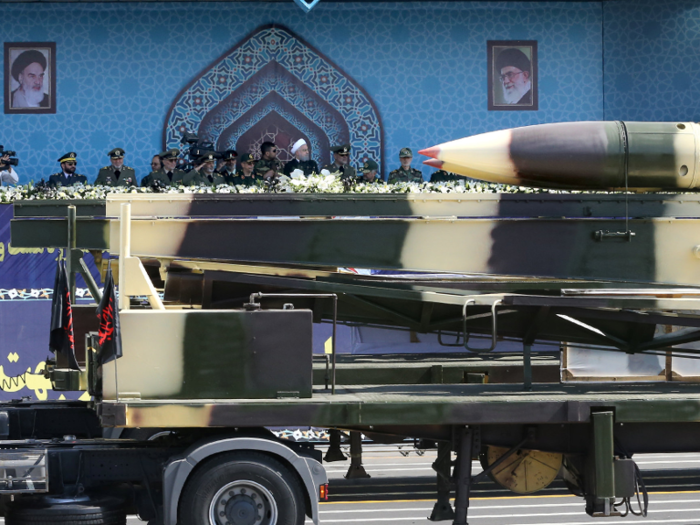
During Trump's three years in power, US relations with Iran have fallen to their worst point in decades.
Tensions reached a new low on January 3 when a US drone assassinated Qassem Soleimani, the nation's top military commander and a revered figure in the country.
In response, Iran's leaders swore revenge on the US. As Business Insider's Alex Ma reported, the nation has many options for retaliation, but it is so far unclear what route it will take.
The airstrike had as its backdrop Trump's withdrawal from the nuclear deal brokered between Iran and the Obama administration.
Iranian withdrawal led to the country restarting its nuclear weapons program.
In recent years Iran has continued to expand its influence in the Middle East, backing the Assad regime in Syria with manpower and weapons, and a network of regional proxies from Iraq to Yemen.
According to the Heritage Iran is the most hostile state to US interests in the Middle East, with its threat capability "growing."
China: An economic rival with soaring military ambition
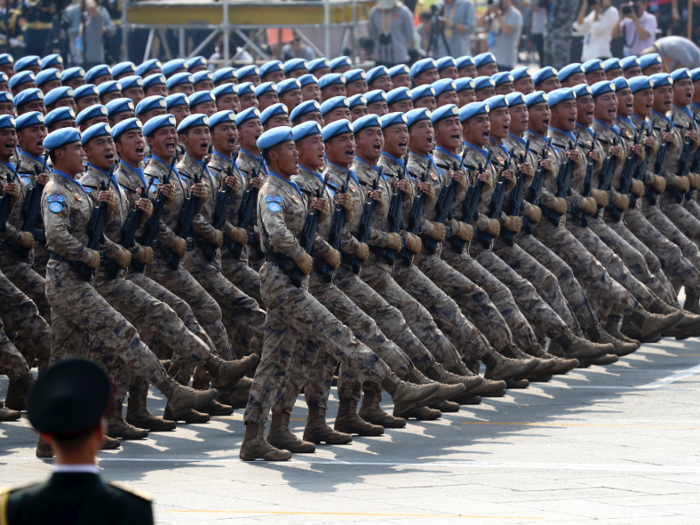
China continues to rebuild and modernize its military, and expand its influence beyond its borders.
The nation — which is projected to become the world's biggest economy by around 2050 — has broadcasted the new might of the People's Liberation Army with huge live-fire military exercises.
It continues to wage economic war on the US, using an army of hackers and spies to steal vital economic information, part of the backdrop for Trump's trade war.
Of all the threats posed to the US, that posed by China is the most "comprehensive," according to the Heritage Foundation.
Michael Collins, the deputy assistant director of the CIA's East Asia Mission Center, in 2018 warned that China is waging a new "cold war" against the US, determined to overtake it as the world's leading superpower.
Tensions continue to build between China and the US in the Pacific region, where China seeks regional power, with the disputed South China Sea islands a flashpoint of confrontations.
Source: The Heritage Foundation, The Wall Street Journal, CNN
North Korea: A rouge state with new nuclear weapons
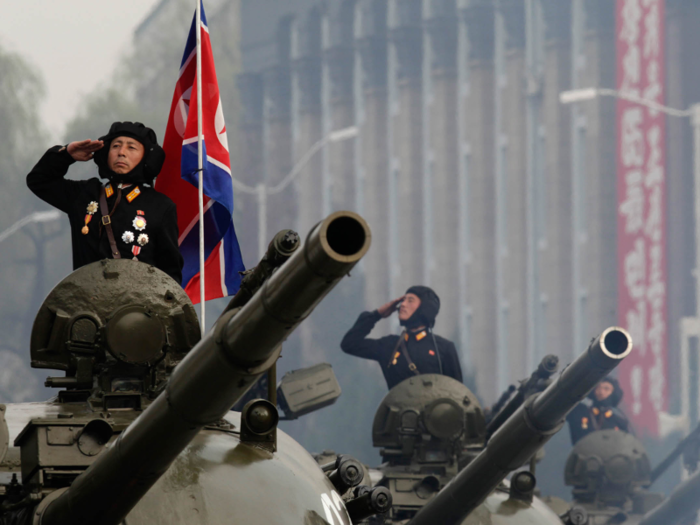
President Donald Trump has made much of his summits with North Korea's leader Kim Jong Un, and the personal bond he has forged with the leader of the brutally repressive and reclusive regime.
But he has little to show for it in terms of concrete achievements reducing its threat to the US.
According to recent satellite imagery, recent activity at two bases indicates that North Korea is continuing to develop long-range Inter Continental Ballistic Missiles (ICBM) missiles that can be armed with nuclear warheads and used to target the US.
"With its ICBM program, North Korea remains both a threat to U.S. allies and assets in the region and an ongoing threat to the US homeland," according to the Heritage Foundation.
ISIS: Stripped of land, but still determined to spread terror
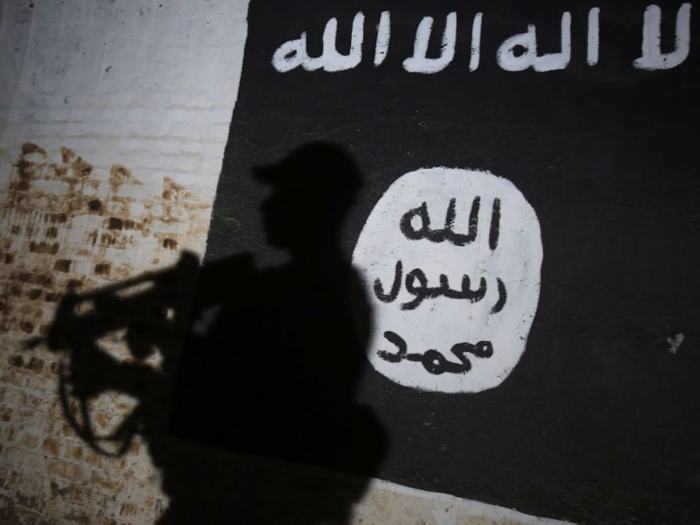
ISIS — which once would have featured more highly on this list — has in recent years lost swaths of the territory it once held in Iraq and Syria.
Its forces were beaten back by the US-led coalition, Iraqi government forces, and the allied forces of the Syrian government and Russia.
But ISIS remains determined to strike western targets, of which the US is the biggest target.
December's attack in London, England, in which a man armed with a knife killed two people, was a reminder of the capacity of extremists to spread fear.
There is evidence that the organisation is seeking to regroup in lawless regions of Nigeria, Libya, and Pakistan.
"While Isis has been weakened on the ground in Syria and Iraq, its capacity to launch terrorist attacks in the West is stronger than ever," wrote Elena Pokalova, an associate professor at the College of International Security Affairs, National Defense University in Washington, D.C.
"ISIS still has much resonance among some undetected foreign fighter returnees, convicted extremists leaving prisons, and un disrupted Isis loyalists,"
According to the Heritage Foundation, terror groups like ISIS are the most determined to attack the US, but the least capable of causing significant harm.
Source: The Heritage Foundation, The Defense Post
Worldwide: A crumbling global system where old alliances are no longer certain
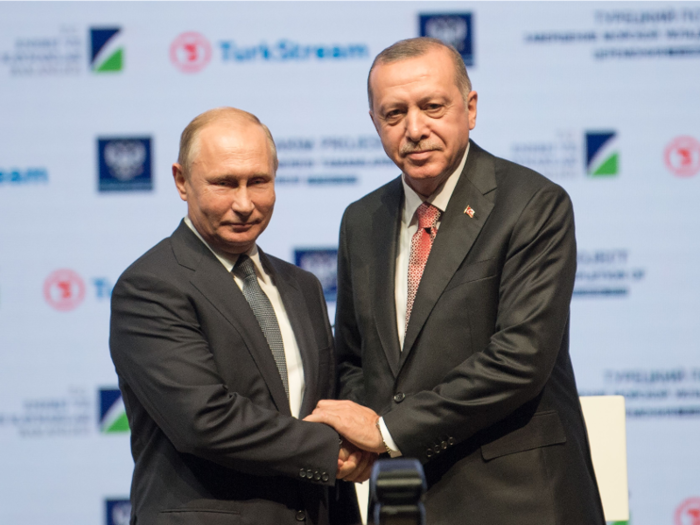
Global alliances are shifting, bringing new, unpredictable challenges.
The NATO alliance has long formed the lynchpin of US national security, but cracks are appearing.
For decades Turkey has been a member of NATO, the easternmost member of the alliance formed as a bulwark against Soviet aggression.
But under President Recep Tayyip Erdogan, Turkey has grown increasingly close to Russia's President Vladimir Putin, and distanced itself from the US.
In July, Turkey accepted the delivery of a group of S-400 missiles from Russia.
And in October it ignored US warnings and invaded northern Syria, exploiting a power vacuum left after Trump announced without warning the withdrawal of US forces from the region.
The abandoned territory was subsequently carved up between Turkey and the alliance of Russia and the Syrian government.
In a recent report, The Atlantic Council identified the demise of traditional US alliances as one of its top risks for 2020.
"The global leadership deficit grows in a fragmenting world order. Ad-hoc regional security networks are taking shape by key partners in Asia and Europe," it notes, describing a world increasingly shaped not by international institutions but transactional alliances.
Popular Right Now
Popular Keywords
Advertisement